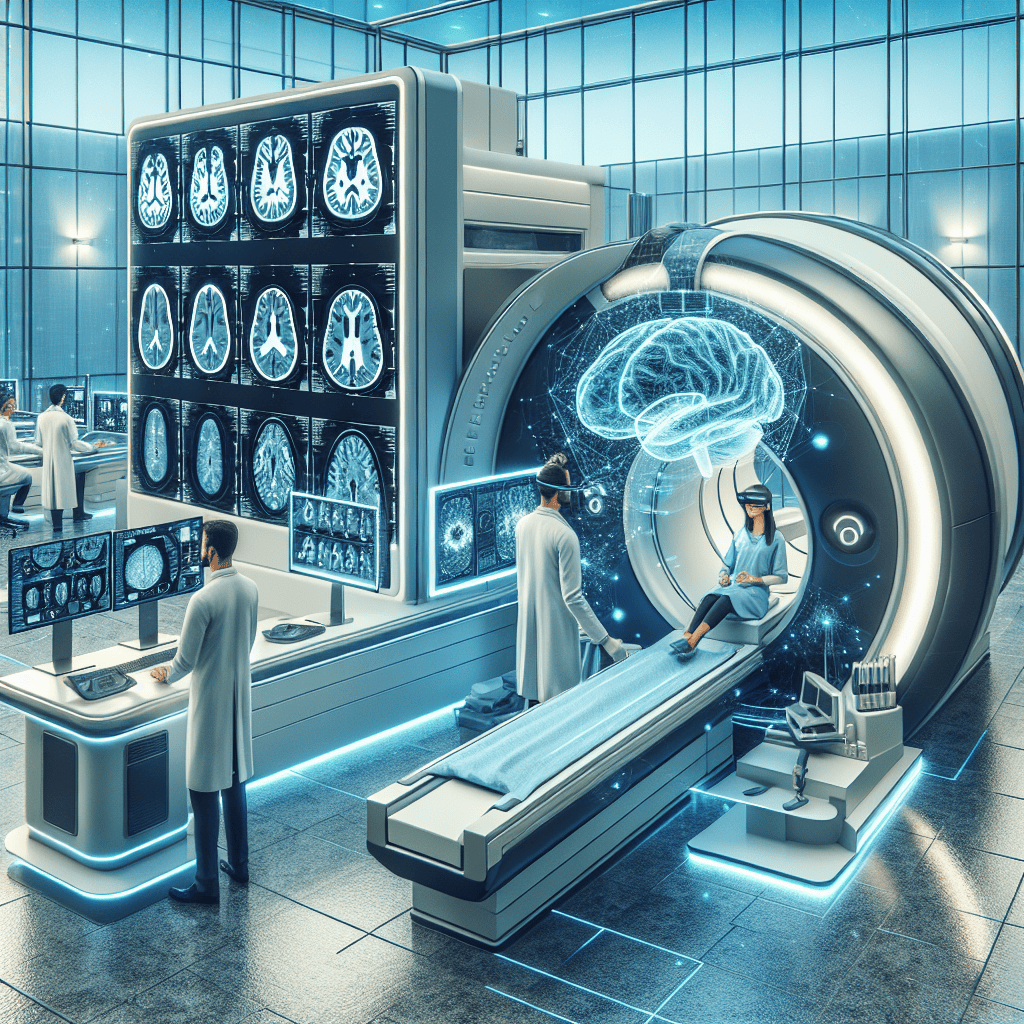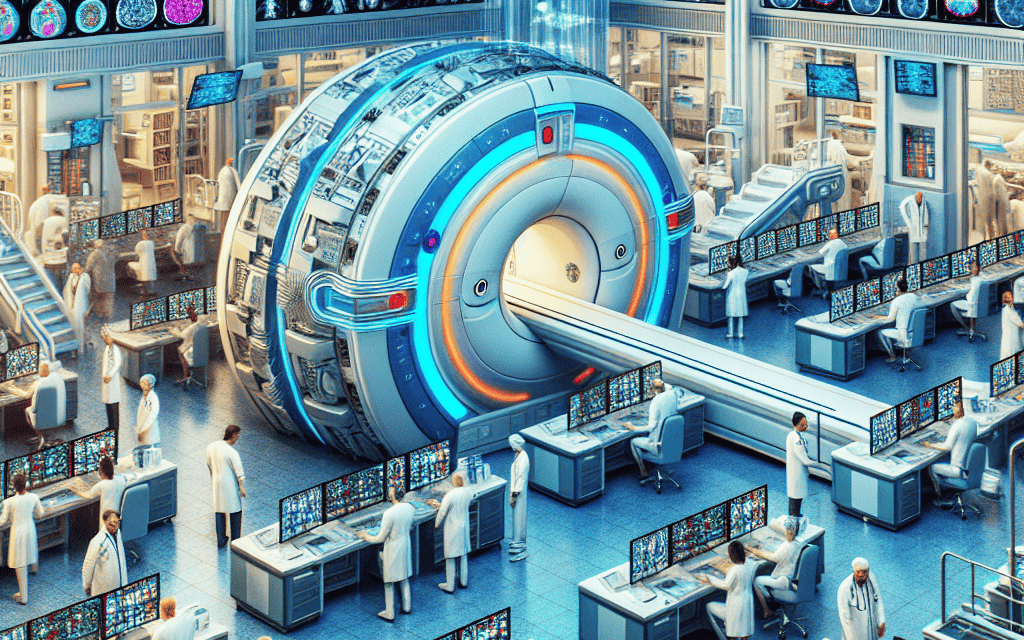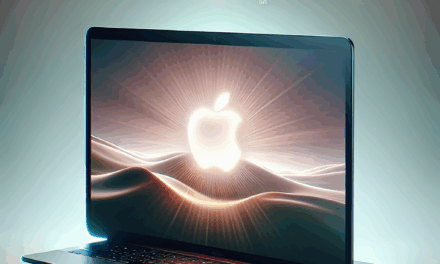Revolutionizing MRI Technology with Advanced Scanners and Virtual Solutions

Magnetic Resonance Imaging (MRI) has been a cornerstone of medical diagnostics since its inception. Over the years, MRI technology has evolved significantly, offering more detailed images and faster scan times. However, the latest advancements in MRI technology are set to revolutionize the field even further. This article explores how advanced scanners and virtual solutions are transforming MRI technology, providing unprecedented insights into the human body and improving patient care.
1. The Evolution of MRI Technology
The journey of MRI technology from its early days to the present has been marked by significant milestones. Understanding this evolution is crucial to appreciating the current advancements and their potential impact on healthcare.
1.1 Early Developments in MRI
The concept of MRI was first introduced in the early 1970s, with the first human MRI scan performed in 1977. The initial machines were large, cumbersome, and expensive, with limited resolution and long scan times. Despite these limitations, MRI quickly gained popularity due to its non-invasive nature and ability to provide detailed images of soft tissues.
Early MRI machines used low-field magnets, which limited their resolution and diagnostic capabilities. However, they laid the groundwork for future developments, leading to the introduction of high-field MRI machines in the 1980s. These machines offered improved image quality and faster scan times, making MRI a staple in medical diagnostics.
1.2 Advancements in MRI Technology
Over the years, MRI technology has seen numerous advancements, including the development of higher field strength magnets, such as 3T and 7T MRI machines. These machines offer superior image quality and resolution, allowing for more accurate diagnoses.
Another significant advancement is the introduction of functional MRI (fMRI), which measures brain activity by detecting changes in blood flow. This technology has revolutionized neuroscience research, providing insights into brain function and aiding in the diagnosis of neurological disorders.
1.3 The Role of Software in MRI Advancements
Software advancements have played a crucial role in the evolution of MRI technology. Modern MRI machines are equipped with sophisticated software that enhances image quality, reduces scan times, and improves patient comfort.
Advanced image processing algorithms allow for the reconstruction of high-resolution images from raw data, while machine learning techniques are being used to automate image analysis and improve diagnostic accuracy. These software advancements have made MRI more accessible and efficient, paving the way for further innovations.
1.4 The Impact of MRI on Healthcare
MRI technology has had a profound impact on healthcare, revolutionizing the diagnosis and treatment of various medical conditions. It has become an essential tool in the diagnosis of neurological disorders, musculoskeletal injuries, and cardiovascular diseases, among others.
The ability to obtain detailed images of soft tissues without the use of ionizing radiation has made MRI a preferred choice for many diagnostic procedures. This has led to improved patient outcomes and reduced healthcare costs, highlighting the importance of continued advancements in MRI technology.
1.5 Challenges and Limitations of Traditional MRI
Despite its many advantages, traditional MRI technology has its limitations. High costs, long scan times, and patient discomfort are some of the challenges that have hindered its widespread adoption.
Additionally, the need for specialized facilities and trained personnel has limited the availability of MRI in certain regions, creating disparities in access to advanced medical imaging. Addressing these challenges is crucial to ensuring that the benefits of MRI technology are accessible to all patients.
2. Advanced MRI Scanners: A New Era in Imaging
The development of advanced MRI scanners is ushering in a new era in medical imaging. These scanners offer improved image quality, faster scan times, and enhanced patient comfort, addressing many of the limitations of traditional MRI technology.
2.1 High-Field MRI Scanners
High-field MRI scanners, such as 3T and 7T machines, have become increasingly popular in recent years. These scanners use stronger magnetic fields to produce higher resolution images, allowing for more accurate diagnoses.
The increased field strength also reduces scan times, improving patient comfort and throughput. This has made high-field MRI scanners a valuable tool in both clinical and research settings, providing detailed insights into the human body.
2.2 Open MRI Scanners
Open MRI scanners are designed to address the issue of patient discomfort, particularly for those who experience claustrophobia. These scanners have a more open design, reducing the feeling of confinement and making the scanning process more comfortable for patients.
While open MRI scanners typically have lower field strengths than traditional closed scanners, advancements in technology have improved their image quality, making them a viable option for many diagnostic procedures.
2.3 Portable MRI Scanners
Portable MRI scanners are a recent innovation that has the potential to revolutionize medical imaging, particularly in remote and underserved areas. These scanners are compact and lightweight, allowing them to be easily transported and used in a variety of settings.
Portable MRI scanners offer a cost-effective solution for providing advanced medical imaging in regions where traditional MRI facilities are not available. This has the potential to improve access to healthcare and reduce disparities in medical imaging.
2.4 Hybrid MRI Scanners
Hybrid MRI scanners combine MRI with other imaging modalities, such as positron emission tomography (PET) or computed tomography (CT), to provide comprehensive diagnostic information. These scanners offer the advantages of both modalities, allowing for more accurate diagnoses and treatment planning.
The integration of multiple imaging techniques in a single scanner has the potential to improve patient outcomes and reduce healthcare costs by providing a more complete picture of a patient’s condition.
2.5 The Future of Advanced MRI Scanners
The future of advanced MRI scanners is promising, with ongoing research and development focused on further improving image quality, reducing scan times, and enhancing patient comfort. Innovations such as ultra-high-field MRI and advanced coil technology are expected to drive the next wave of advancements in MRI technology.
As these technologies continue to evolve, they have the potential to transform medical imaging, providing unprecedented insights into the human body and improving patient care.
3. Virtual Solutions in MRI Technology
Virtual solutions are playing an increasingly important role in the advancement of MRI technology. These solutions leverage digital technologies to enhance the capabilities of MRI scanners, improve diagnostic accuracy, and streamline workflows.
3.1 Virtual Reality in MRI
Virtual reality (VR) is being used to enhance the MRI experience for both patients and healthcare providers. For patients, VR can be used to create a calming environment during the scan, reducing anxiety and improving comfort.
For healthcare providers, VR can be used for training and education, allowing them to practice interpreting MRI images in a virtual environment. This can improve diagnostic accuracy and reduce the risk





